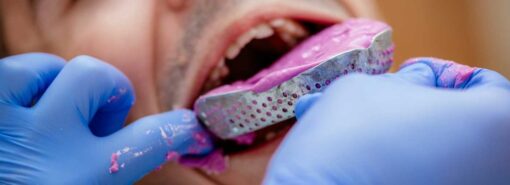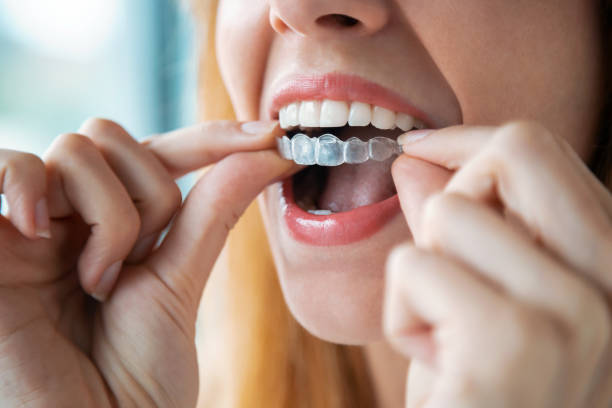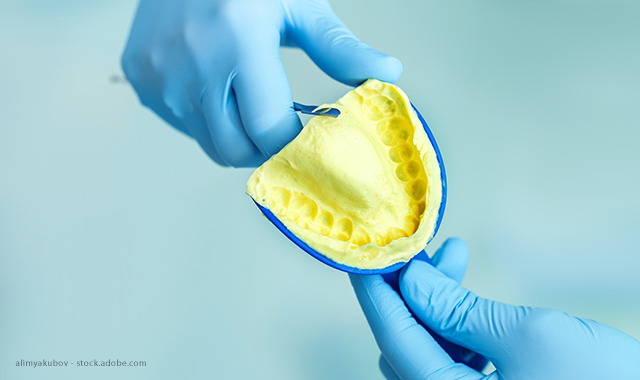Dental impressions are the most important step in dental procedures. With so many materials and techniques available today, it can be challenging to choose which is right. Whether you’re a dentist or a patient, it is crucial to understand all the options before making your decision. There are various materials that dentists use to take an impression of the patient’s teeth. Each of them has its own set of pros and cons. Before choosing one, you should know about the different types of dental impression materials available and how they work in different scenarios. This article will help you make an informed decision if you’re planning on getting these done for any procedure soon
Why is a dental impression necessary?
A dental impression is a 3D record of the teeth and the surrounding areas used for various treatments. The most common reason for taking an impression is for a dental crown. A dental impression allows the dentist to make a crown that fits perfectly. Apart from dental crowns. And bitewings for orthodontic purposes.

Bite-wings for orthognathic surgery, and guided surgery. Orthodontic bracket placement, removable partial dentures, retentive mechanisms, fixed partial dentures, orthodontic diagnostics, diagnostic casts, and impression trays.
What material is used to take an impression?
Alginate is the most widely used of all impression materials it is a hydrocolloid material made from seaweed. A hydrocolloid material is a gelatinous substance dispersed in water. Alginate is an elastic, irreversible hydrocolloid impression material. Irreversible hydrocolloid impressions form an inseparable part of indirect restorations. and alginate impression is a simple, cost-effective, and indispensable part of dental practice.
3 Stages of dental impressions
Preliminary impressions are accurate reproductions of a patient’s mouth. To make a preliminary impression, dentists use a putty-like material that hardens when exposed to air.

Final impressions are used to create an exact replica of your tooth structures and surrounding tissues. This replica is then used to make casts or dyes with the precise details of your tooth structures and surrounding tissues. To make a final impression, dentists use either alginate or silicone-based materials.
Bite registration impressions are used to capture how your upper and lower teeth fit together (aka your bite). To make a bite registration impression, dentists use materials like vinyl polysiloxane or polyether impression compounds. These materials have a putty-like consistency but harden when exposed to light or heat.
Types of dental impression material
Now that we know why an impression is important, let’s talk about the different types of impression material that are available today.
Silicone-based materials – Materials in this category are a combination of dental silicone, water, and other additives such as fluorides.
Wax-based materials – People with allergies to silicone can use materials in this category.
What to look for in good impression material?
Impression material needs to be durable, accurate, and easy to manipulate. Based on these three criteria, you can identify the best impression material for yourself. If you’re a dentist looking to buy or if you’re a patient, we’ve given you a list of things to look for in a good impression material:
Durability – The impression material is often in contact with water, saliva, and chemicals, which makes it susceptible to wear and tear. It is important to choose an impression material that is long-lasting and resistant to chemicals.
Accuracy – To be an accurate and valuable material, it should be able to replicate the patient’s teeth. For example, a crown that fits perfectly will not only look good but also last longer than one that doesn’t.
Usability – An impression material should be easy to use. The more difficult it is to use, the more time-consuming it is for the dentists, which can lead to inaccurate impressions.
Silicone-Based Material for Dental Impression
Silicone-based impressions are the most commonly used materials in the dental profession. They can be used for any stage of the treatment, be it for a bitewing. A retainer, a crown, or even a diagnostic casting. Silicone-based impressions are accurate, durable, and easy to use.

They can be used on patients with sensitive skin. Immune-compromised patients, and those with allergies to latex. Extraoral, and diagnostic impressions.
Wax-Based Impression Material
Bite registrations, bite-wings for orthodontic purposes, bite-wings for orthognathic surgery, and guided surgery. And orthodontic bracket placement. Removable partial dentures, retentive mechanisms, fixed partial dentures, orthodontic diagnostics, diagnostic casts, and impression trays. Wax-based impressions are accurate, durable, and easy to use. They are also easy to manipulate and clean. Wax-based impressions are an all-around good impression material.
Hand-Moulded Impression Material
They are accurate, durable, and easy to use. Hand-moulded impressions are not as commonly used as silicone-based or wax-based impressions. This is because they are difficult to manipulate and require specialized equipment.
What is the most common use for alginate?
The most common uses of the alginate impression are to get a study model, get an impression from opposing teeth, for bleach trays, preliminary impressions for partial and total dentures, orthodontic models, preliminary impressions for crowns, bridges and more.
Summary
An impression is the most important step in dental procedures. Dental impressions are the most important step in dental procedures. There are various materials that dentists use to take an impression of the patient’s teeth. Each of them has its own set of pros and cons. If you’re a dentist looking to buy or if you’re a patient, we’ve given you a list of things to look for in a good impression material – durability, accuracy, usability, and contaminant resistance. They are easy to use, accurate, and durable.






